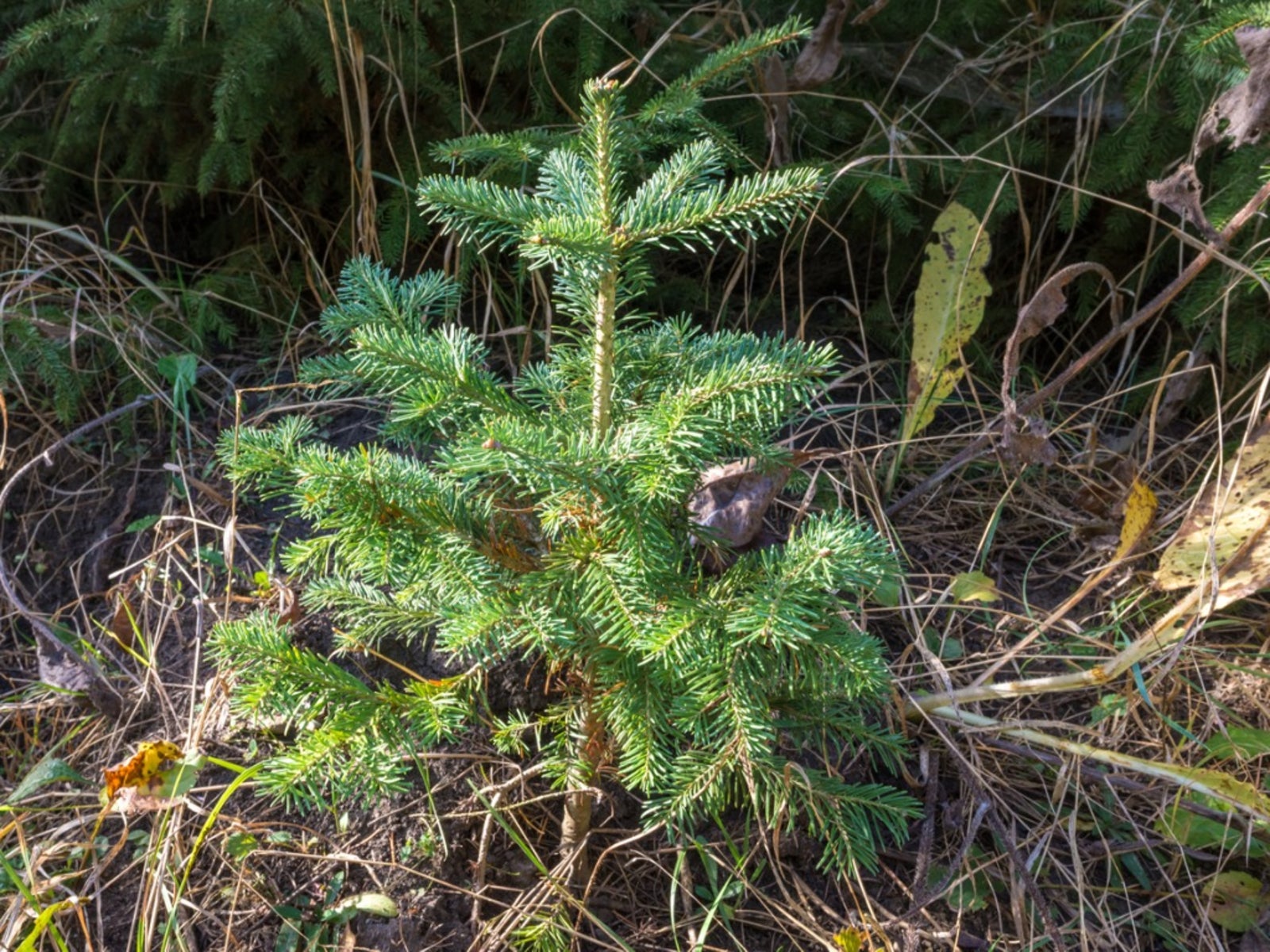Subalpine Fir Tree Information – Learn About Subalpine Fir Growing Conditions


Subalpine fir trees (Abies lasiocarpa) are a type of evergreen with many common names. Some call them Rocky Mountain fir or balsam fir, others say mountain balsam fir or alpine fir. While “alpine” technically means that a plant grows above the treeline, the subalpine fir lives in a wide range of elevations, from sea level to mountain tops.
What are the uses for subalpine fir? Homeowners use these firs for landscaping, but that’s not all. Anyone considering the various ways these firs can serve in a backyard should read on. We’ll give all the subalpine fir tree information you need.
Subalpine Fir Tree Information
Subalpine fir trees can take many different forms, depending on where they are growing. In the mountains, subalpine fir trees grow tall but remain very narrow. However, when planted in lower elevation gardens, they stay short but grow almost as wide as they are tall.
According to Washington state experts, they only get to 20 feet tall (6.5 m.) and 15 feet (5 m.) wide when transplanted near the ocean, but in higher regions of Oregon and Virginia, subalpine fir tree information places their maximum height at 100 feet (33 m.).
The trees grow in a picturesque shape with a narrow crown, dense canopy, and short, drooping branches. The needles are grayish-green or blue-green and appear packed on the twigs. The fruit of the tree are erect, barrel shaped cones.
Subalpine Fir Growing Conditions
Subalpine fir tree information lets us know that these trees require little care in an appropriate site. While their native range is largely in the northwest, they can be cultivated in USDA plant hardiness zones 5 through 8. What are ideal growing conditions? These conifers grow well without much maintenance in any middle-to-upper elevation.
The native range of this fir usually has very cold winters with heavy snowpack and short, cool summers. That’s why subalpine fir trees are often planted as a high-altitude species.
Sign up for the Gardening Know How newsletter today and receive a free copy of our e-book "How to Grow Delicious Tomatoes".
Subalpine Firs for Landscaping
Still, anyone wishing to use subalpine firs for landscaping can do so, even in a sea-level garden. In fact, one of the common uses for subalpine firs is planting in a hedge or privacy screen. Since these trees are more accustomed to the cool sunshine of mountain areas, plant these trees where they get some protection against harsh sunlight.

Teo Spengler is a master gardener and a docent at the San Francisco Botanical Garden, where she hosts public tours. She has studied horticulture and written about nature, trees, plants, and gardening for more than two decades, following a career as an attorney and legal writer. Her extended family includes some 30 houseplants and hundreds of outdoor plants, including 250 trees, which are her main passion. Spengler currently splits her life between San Francisco and the French Basque Country, though she was raised in Alaska, giving her experience of gardening in a range of climates.